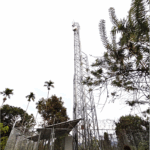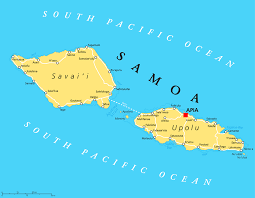Dr Xiaoyun Si, Medical Ph.D. & M.D. Chief physician, Department of Cardiology Affiliated Hospital of Guizhou Medical University (GMU)
PULMONARY arterial hypertension (PAH) is a type of serious cardiovascular disease. More exactly, it is a type of high blood pressure that affects the arteries in the lungs and the right side of the heart. In PAH, this increased pressure in the vessels is caused by obstruction in the small arteries in the lung for a variety of reasons. In some people, PAH slowly gets worse and can be life-threatening. Today I will introduce some basic knowledge about PAH from a medical perspective.
1. Causes and types: There are a lot of causes of PAH, usually divided into primary PAH and secondary PAH. Primary PAH is caused by unknown causes or Changes in a gene passed down through families and just a few parts of cases belong to this type. While secondary PAH results from other health conditions including pulmonary emboli, connective tissue disease, and mitral valve or aortic valve disease.
2. Symptoms: The symptoms of PAH develop slowly. You may not notice them for months or even years. Symptoms get worse as the disease progresses. PAH symptoms include shortness of breath, fatigue, chest pain and dizziness etc. When having a physical check, distension of the jugular vein, abnormal enlargement of the liver, and heart murmur might be found.
3. Diagnosis: PAH is hard to diagnose early because it’s not often found during a routine physical exam. Even when pulmonary hypertension is more advanced, its symptoms are similar to those of other heart and lung conditions. Some tests are done to help diagnose PAH can be diagnosed by echocardiogram, right heart catheterization, and lung function test. An echocardiogram can help evaluate the heart’s structure and function. Through right heart catheterization, a doctor can then measure blood pressure in the main pulmonary arteries and the right ventricle. And lung function test can be used to diagnose if there are any other lung diseases.
4. Treatments: There’s no cure for pulmonary hypertension. But treatment is available to improve symptoms and prolong life, and to keep the disease from getting worse. Generally, treatment plans include medications, intervention therapy and surgery.
If you have pulmonary hypertension, you may get medicines to treat your symptoms and help you feel better. It may include medicines to relax blood vessels, anticoagulant medicine and water pills.
If medicines do not help control the symptoms of pulmonary hypertension, surgery or procedures may be recommended. Intervention procedures can implant stents in the arteries or repair heart defects. Sometimes, a lung or heart-lung transplant may be needed through surgery.
After getting treated, PAH patients must do regular medical reviews to monitor the development of PAH and its therapeutic effect. Regular medical review can help your health providers find and manage complications early and adjust the treatment plan accordingly.
PAH patients need to avoid strenuous exercise and overexertion, maintain enough rest and sleep, and avoid staying in high altitudes and cold areas. Quitting Smoking and alcohol restriction are also important lifestyle interventions.
In conclusion, PAH is a serious cardiovascular disease, and due to its complex etiology, there is currently no specific preventive measure. Treatment for pulmonary hypertension includes medication, intervention, and surgery. Patients need to be aware of lifestyle interventions, regular medical reviews, and receive psychological support. Understanding PAH is of great significance in reducing its harm to patients and improving quality of life. In the next issue, I will introduce you to some risk factors of PAH and home and lifestyle remedies to help the patients around us.
(Translated by HUANG BAILIN, International Office, Guizhou Medical University)














